I was rummaging through old family albums the other day and found some images of great significance to us deteriorated over time due to humidity – a signature of Vietnam’s climate. So I asked my grandmother for the original negatives to rescan but she had totally forgotten about their existence since the last decade. In the age of memory cards and affordable home scanners, even my 80-year-old grandma has moved on from the film day. Therefore, it is not hard to understand why there are so many film rolls left at the photo labs here in Hanoi as most customers just drop the negatives to get developed and expect the scanned files. The already developed film rolls pile up and eventually end up in the trash can a few months later because they occupy too much space at the labs.
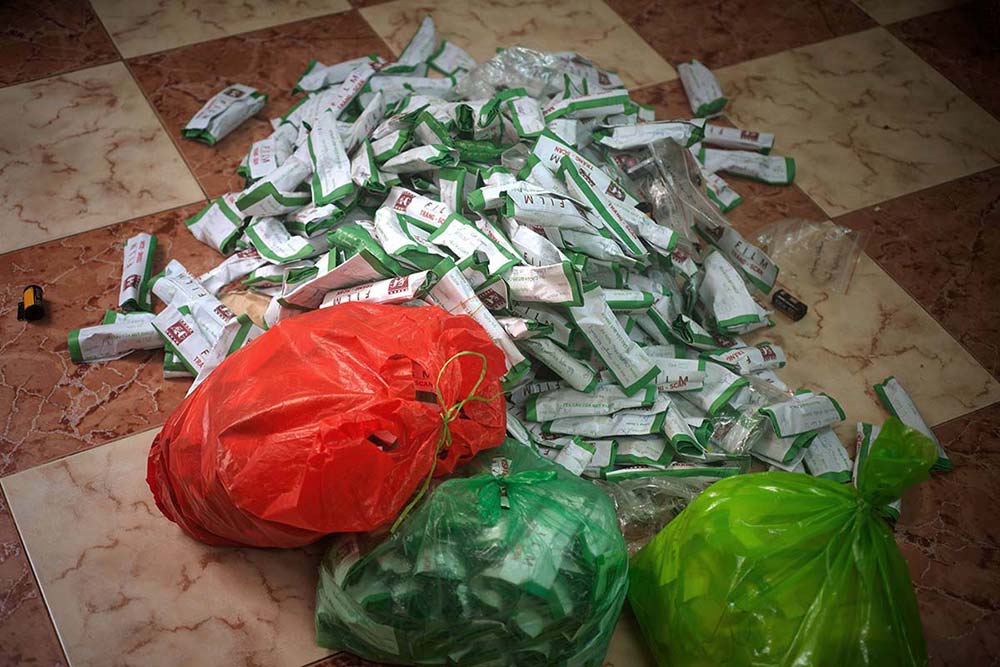
Since I started photography, I have always been archiving every single one of my film roll. An original negative to me holds much more meaning than a RAW file. It is not only the evident of my authorship but a physical representation of my experience in that exact moment. However, opinion divides over whether to keep negatives while images can be digitally stored. Despite the fact that I feel strongly attached to my negatives and would recommend everyone to keep them as I do, I struggle to elaborate my sentimental thoughts into logical reasons.
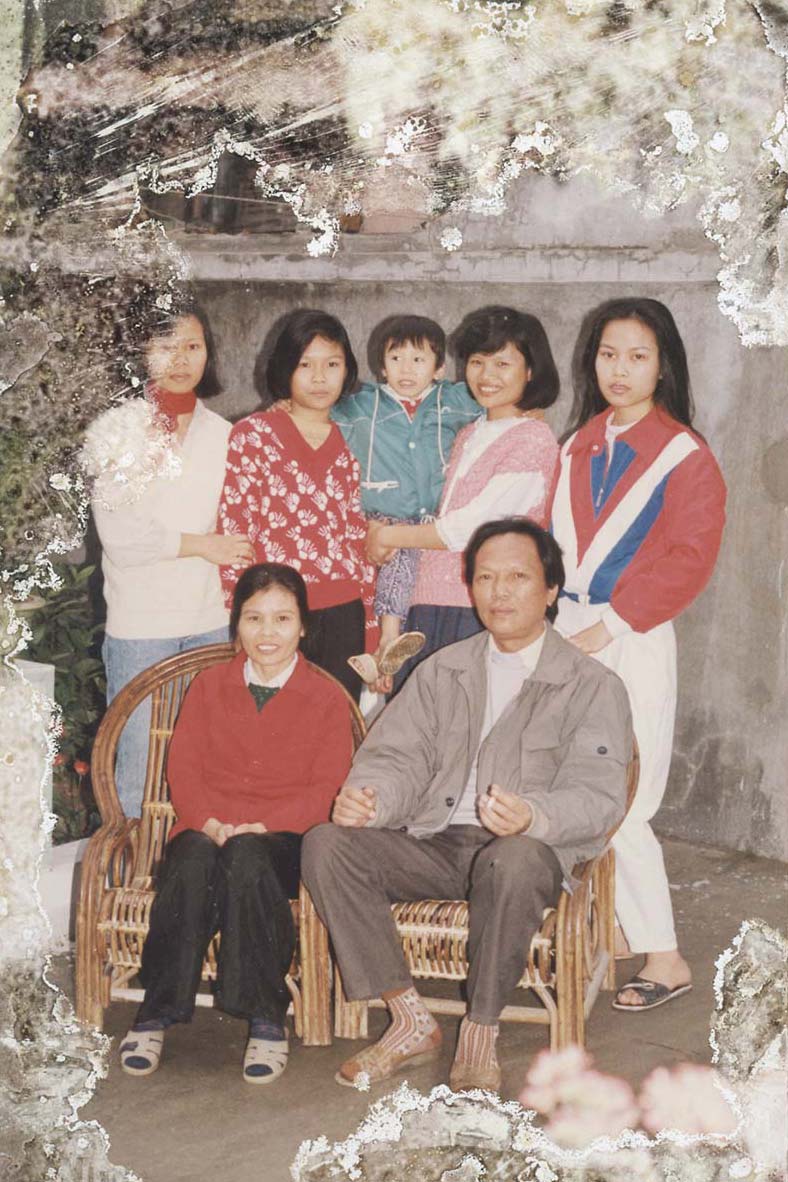
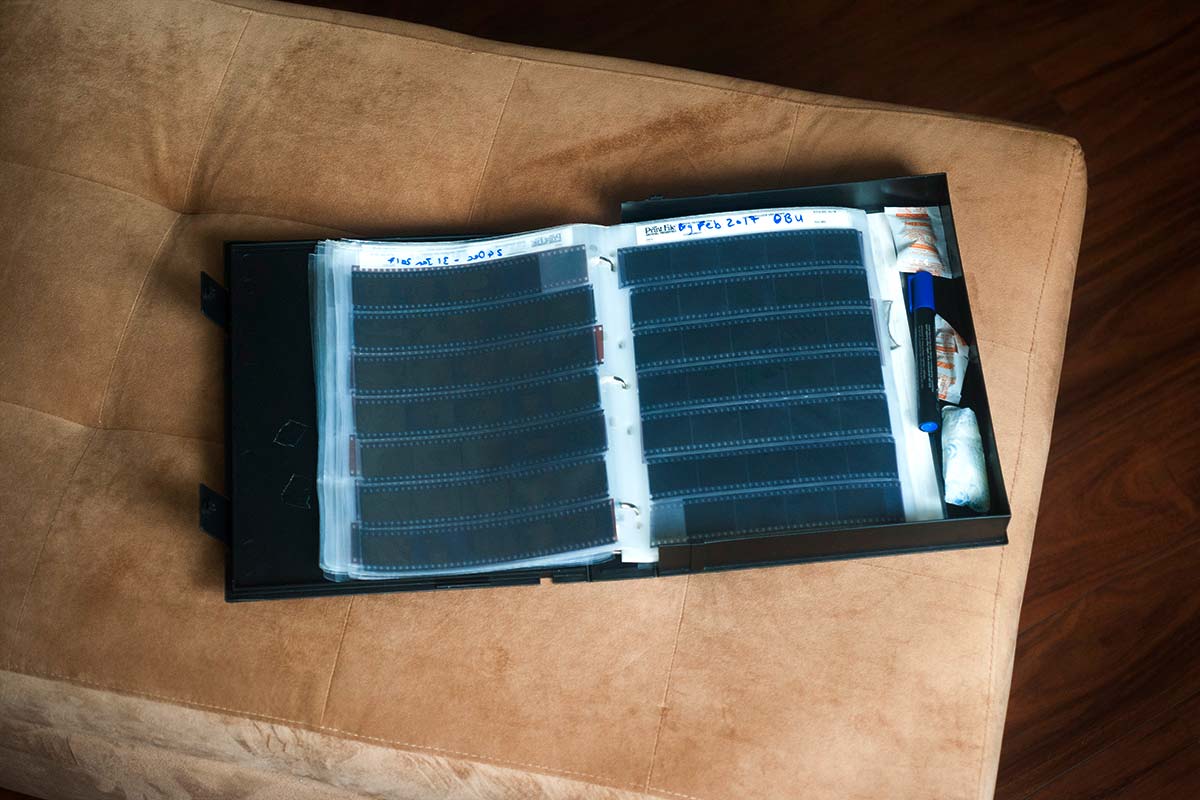
On one hand, it is crystal clear to me why negatives are discarded. The reason of shooting film for many photography enthusiasts in Vietnam might simply be their love for the medium’s aesthetic or as a cheap alternative compare to digital. The final images are by large all that matters and most practitioners don’t participate in the process of film developing. Hard drives or cloud storage gain popularity with the capacity of storing hundreds of thousands of photos, clearing up a lot of working/living space. Together with that, home scanning technology is getting more and more affordable, able to produce high-resolution files, enabling you to make prints as big as you like.
I personally think the plastic piece that we call film is much more than just a mere object. It is not only an undeveloped photograph but can stand alone as a significant piece of art. The book “Negatives” by photographer Xu Yong is a stark example. 64 negatives have been kept hidden for 25 years and only overcome Chinese strict law on censorship recently to deliver to the public images of Tiananmen Square Protest, a historical event widely heard of but rarely seen. The event has been imprinted directly on these negatives and Xu Yong reminds us one of the most important uses of negative as concrete, undeniable evidence.
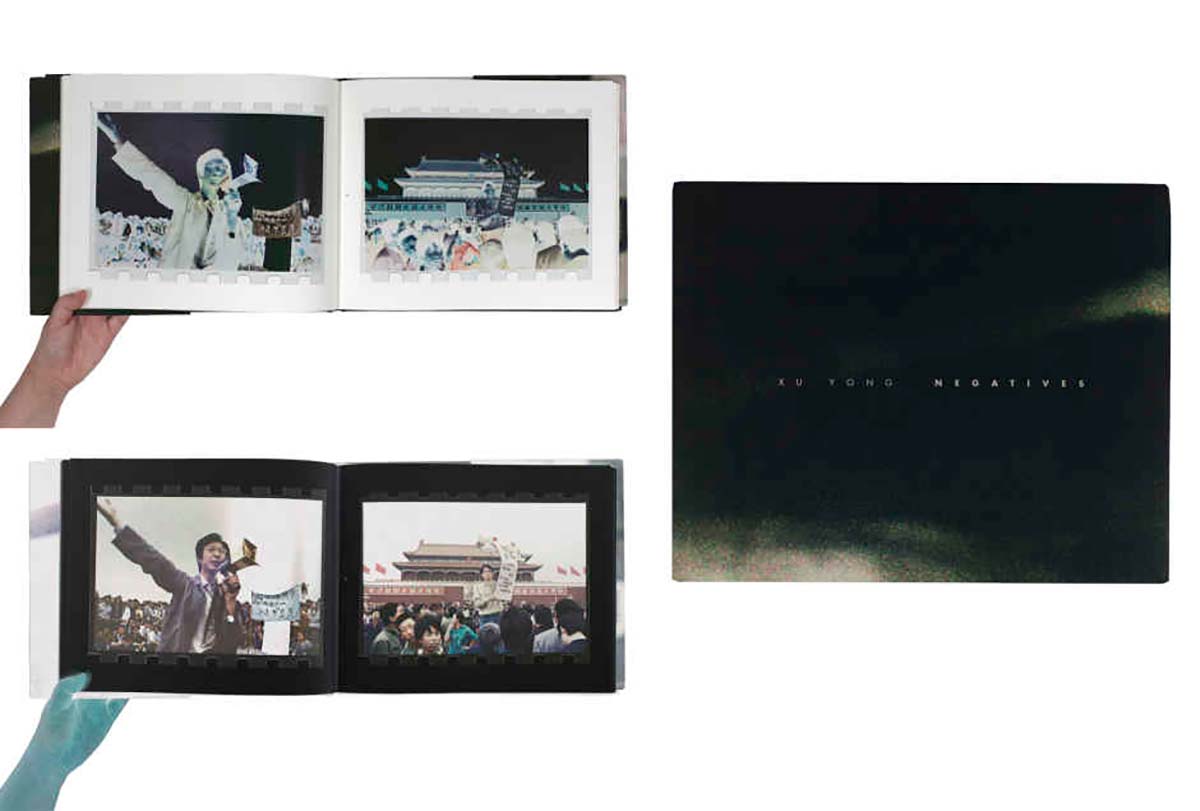
The enigmatic nanny Vivian Maier left behind a hefty legacy of more than 100000 undeveloped negatives and slides. It remains a mystery why Vivian never got to see her own photos or showed them to anyone, while carefully keeping her film rolls. After a few years after she passed away, the world discovered by accident the bustling streets of Chicago, New York and Los Angeles through the eyes of the most visually talented nanny. Vivian carefully held onto them during her lifetime until she was too broke to pay for storage space. I wonder what Vivian would do if she lived in a time where images could be viewed and shared instantly like now. From what I know, besides retaining images of American streets from the 1950s to the 1970s, these negatives have served as the most visible / physical evidence of her shooting mania and quiet existence.
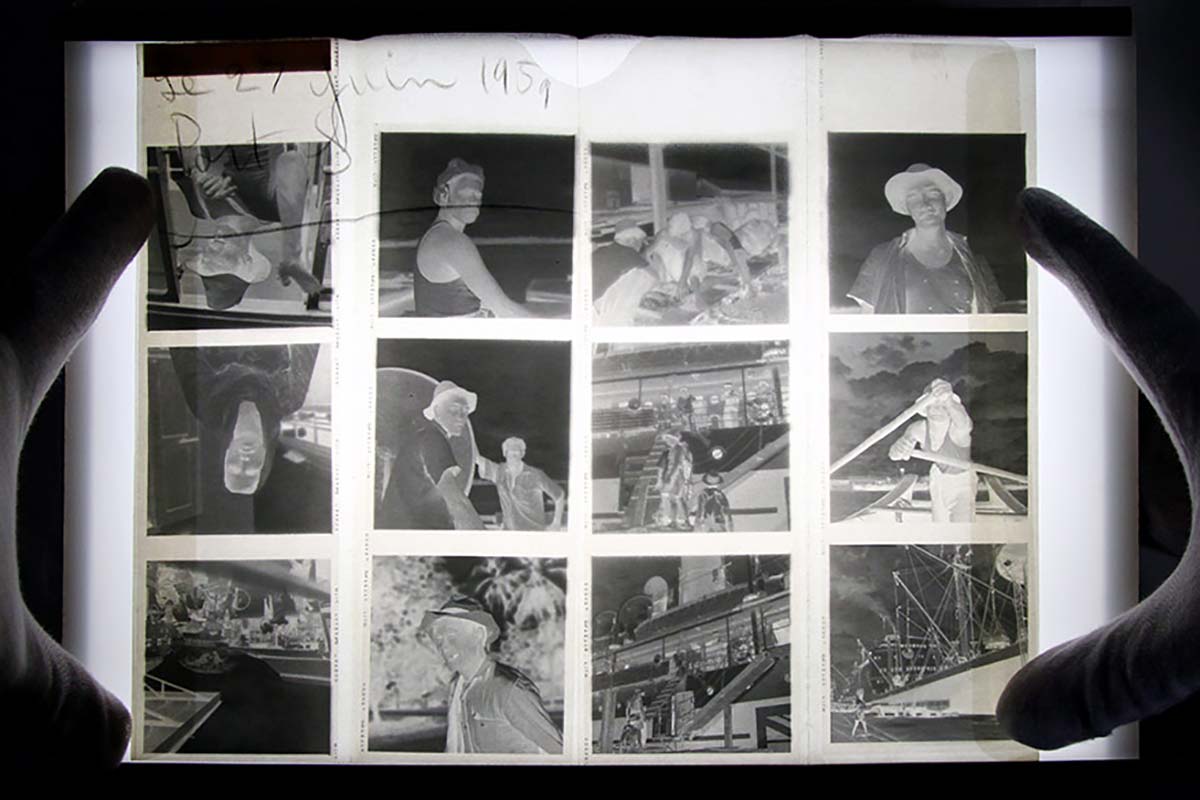
You might think probably none of our artworks would ever have aesthetic or historical value like those of Vivian Maier and Xu Yong, and the future generations would not appreciate them as we expect. However, even without any remarkable meaning, negatives still deserve their rightful place safely somewhere in your house. I often revisit old negatives and am surprised to see how my perspective has changed overtime. They become great reference points in terms of both idea and technique down the photographic journey.
Sentimentality aside, here are three practical reasons among others for keeping negatives:
1. Scanning mistake.
I have lost count of how many times I spot a small blemish or flaw on my scan files. With the original negative in hand, I can always go back and rescan them.
2. Technology advancement.
15 years ago, it was unthinkable to have a home-scanned file good enough for printing large scale. Nowadays, it has become the norm. It is a wise choice to preserve your films since there are million of possibilities of what we can do to them in the future.
3. Digital longevity unproven.
By now, we know for certain that if negatives are stored correctly, they can last over a century. However, the same cannot be said for CDs or hard drives since they have not been around that long yet. And if when all come to fail, I would not have any regrets since my negatives stand the test of time.
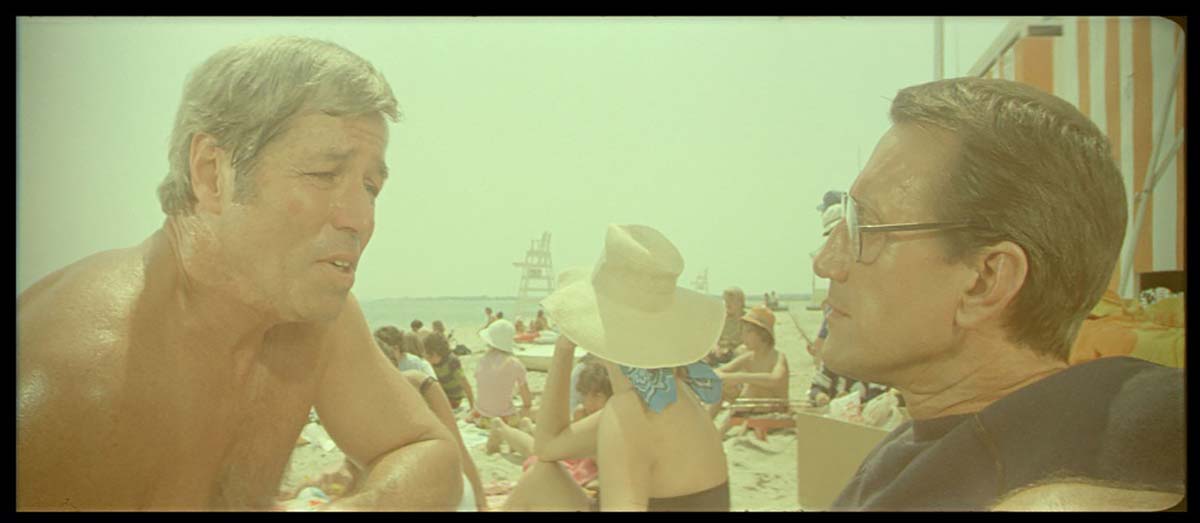
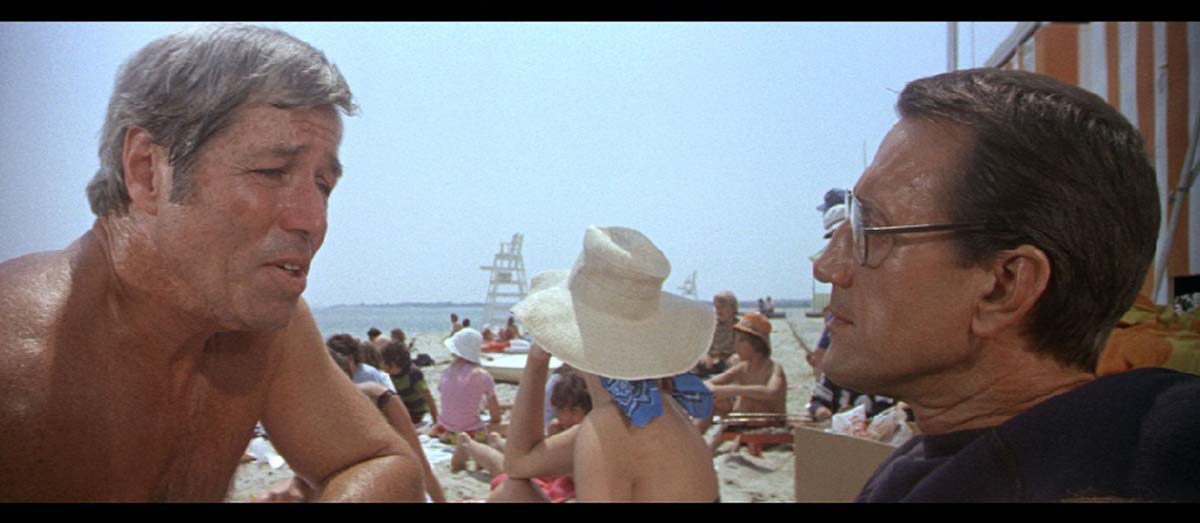
In conclusion, I still believe in my choice of archiving negatives. Not only because of all the emotional involvements, keeping them is a safe and inexpensive alternative compared to physical or online hard drives which can cost hundreds of dollars per year to maintain. A drawer and some silica gel packs are enough to protect all of your original photography for a very long time. Or if you are a frequent film shooter, I would highly recommend you to invest in a 100l dehumidify cabinet, which costs around 200 USD to protect your entire career from moisture and sunlight.
Mai Nguyen-Anh is a Vietnamese visual artist who has great concern in contemporary issues, now based in Hanoi. In 2016, he finished One Year Certificate at International Center of Photography in New York.
Follow him on Facebook and Instagram.
